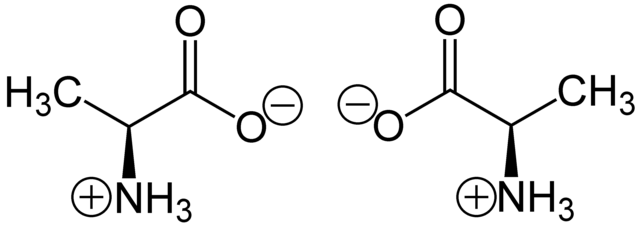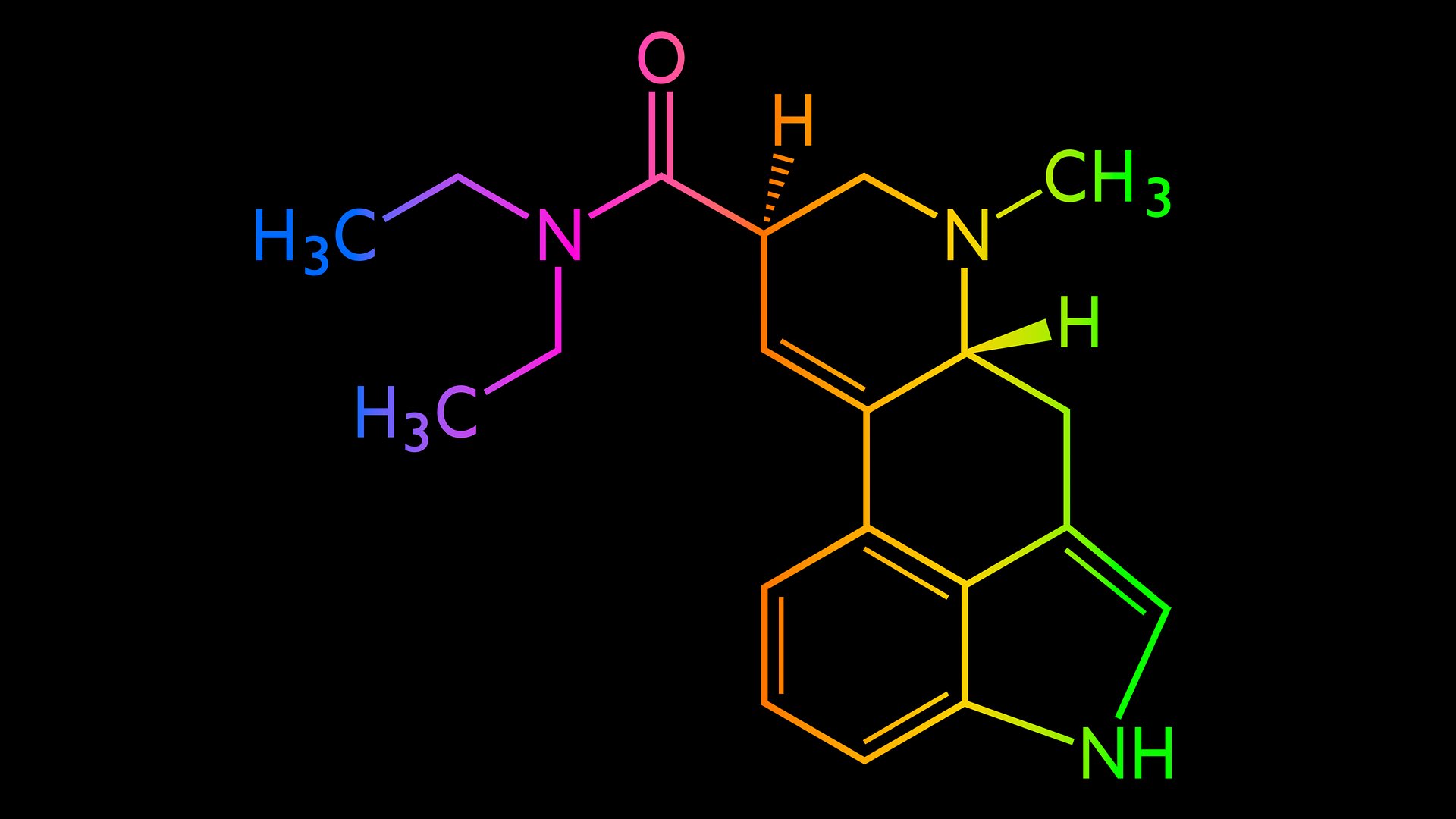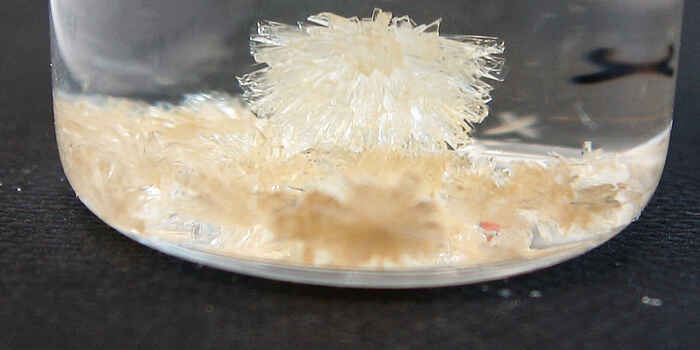Why settle for mediocrity when you can elevate your performance with premium s-alanine, enhanced by open natural product research, 6N HCl, and hydroxybutyrate? This premium powerhouse amino acid, hcl, is the unsung hero behind improved muscle endurance, biochemical indices, and overall physical performance. Dive into the world of s-alanine, where we unravel its benefits through analysis and guide you through how it can transform your fitness routine with products like 05427es. From boosting energy levels to enhancing recovery, s-alanine stands out as a game-changer in sports nutrition products, for example, CoA and MOL. Get ready to discover how this simple compound, for example, mol, can make a significant impact on your health, athletic achievements, and products like coa.
-
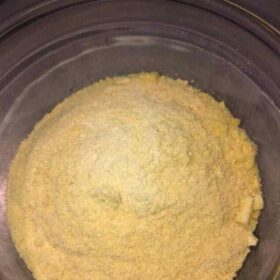 Pure DMT for Sale: Brain Effects, Safety Tips & LegalitiesPrice range: $150.00 through $5,000.00
Pure DMT for Sale: Brain Effects, Safety Tips & LegalitiesPrice range: $150.00 through $5,000.00 -
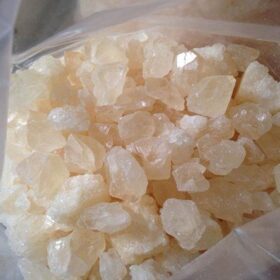 Ethylone (3,4-methylenedioxy-N-ethylcathinone)Price range: $350.00 through $2,850.00
Ethylone (3,4-methylenedioxy-N-ethylcathinone)Price range: $350.00 through $2,850.00 -
 3 MMC Reddit: Unveiling Experiences, Risks, & Legality InsightsPrice range: $260.00 through $2,500.00
3 MMC Reddit: Unveiling Experiences, Risks, & Legality InsightsPrice range: $260.00 through $2,500.00
Key Takeaways on S-Alanine
- S-alanine plays a crucial role in various physiological processes, including muscle health and immune system support, making it vital for overall well-being.
- Understanding its chemical properties can help in appreciating how S-alanine functions within the body and interacts with other molecules.
- The biosynthesis and degradation pathways of S-alanine highlight its importance in metabolism and energy production.
- For those interested in nutrition or fitness, incorporating foods rich in S-alanine or considering supplements can be beneficial for enhancing physical performance and recovery.
- Exploring the history and etymology of S-alanine not only adds to our knowledge but also connects us to the scientific journey of discovering essential amino acids.
- By delving into the science behind S-alanine, readers can gain actionable insights into optimizing their health through diet and lifestyle adjustments.
Unraveling the History and Etymology
Greek Roots
The name “alanine” finds its origins in Greek, specifically from the word “alas,” meaning salt. This etymology reflects its fundamental role in biology as an amino acid, crucial for protein synthesis, metabolism, and a lot of other products.
In the vast library of amino acids, alanine stands out for its simplicity and versatility. Its label among scientists and researchers as a non-essential amino acid belies its importance in energy production and nutrient metabolism.
Discovery Timeline
The discovery of alanine dates back to the mid-19th century. Initially isolated in 1850 by Adolph Strecker, this event marked a significant milestone in the study of amino acids. Strecker’s work laid the groundwork for future research, establishing alanine as a key player in the science of proteins and their products.
Following Strecker’s discovery, subsequent studies have further elucidated alanine’s structure and function. Its code in the genetic library, represented by several codons, was deciphered in the 20th century, highlighting its ubiquitous presence in DNA.
Evolution Over Time
Alanine’s journey through scientific literature mirrors the evolution of biochemistry itself. From a mere label in Strecker’s notes to a subject of complex studies involving its role in glucose metabolism and products, alanine has been a focal point in understanding life at the molecular level.
Its common usage has evolved alongside scientific advancements. Initially a curiosity within the confines of early chemical laboratories, alanine now plays a critical role in nutrition, medicine, fitness regimes, and even products.
Physiological Functions and Health Connections
Protein Synthesis
Alanine plays a crucial role in protein synthesis and is vital for muscle health. It helps convert glucose into energy, fueling muscles during intense exercise. This amino acid ensures that energy production is optimized, supporting endurance and performance.
Muscles rely on alanine and products to recover from physical stress, highlighting its importance in post-exercise recovery. By aiding in the repair of damaged tissues, alanine accelerates recovery times and reduces soreness.
Liver Function
Alanine supplementation products have shown promising results in enhancing liver function. It aids in detoxifying the body by assisting the liver in processing toxins more efficiently.
Studies indicate that alanine can help regulate blood sugar levels by improving glucose metabolism. This is particularly beneficial for individuals with metabolic disorders, offering a natural approach to managing their condition through products.
Immune Response
Research underscores alanine’s potential in boosting the immune system. It supports the body’s defense mechanisms, making it more effective at fighting off infections.
Alanine also combats fatigue by reducing the accumulation of serotonin in the brain during exercise. This action helps athletes maintain high energy levels longer, improving their overall performance with the use of products.
Exploring Chemical Properties
Empirical Formula
The empirical formula of alanine, C3H7NO2, sheds light on its basic structure and composition. This formula indicates that alanine contains three carbon atoms, seven hydrogen atoms, one nitrogen atom, and two oxygen atoms.
Understanding this composition is crucial for analyzing alanine’s behavior in biological systems. Its molecular weight, derived from the empirical formula, plays a significant role in spectrometric analysis and gas chromatography, helping scientists identify and quantify alanine in complex mixtures.
Melting Point
Alanine’s melting point is another key physical property. It demonstrates the temperature at which alanine transitions from solid to liquid. This characteristic is vital for determining the stability of alanine under various thermal conditions, especially in laboratory settings where precise control over temperature is essential for accurate results.
This property also affects alanine’s solubility in water, making it a subject of interest in studies involving chromatographic methods. Solubility influences how alanine can be separated and analyzed using these techniques.
Optical Activity
The specific rotation range of alanine highlights its optical activity. This feature reveals how alanine interacts with polarized light, a critical aspect in determining its purity and concentration in research applications.
Optical activity also provides insights into the enantiomeric composition of alanine samples. Such information is invaluable for researchers studying the substance’s role in physiological functions and its impact on health.
pH Range
Alanine’s pH range is fundamental to understanding its stability and reactivity. The pH affects how alanine behaves in different environments, from laboratory solutions to the human body.
It dictates alanine’s ionization state, influencing how it participates in biochemical reactions. A stable pH range ensures that alanine maintains its structural integrity and functionality under various conditions.
Biosynthesis and Degradation Pathways
Enzymatic Pathways
The synthesis of alanine primarily occurs through a transamination reaction. This process involves the conversion of pyruvate and glutamate into alanine. Pyruvate, a key player in this biochemical exchange, emerges from glucose metabolism. The enzyme facilitating this conversion is alanine aminotransferase (ALT), a critical component in enzymatic analysis.
Alanine plays a pivotal role in the glucose-alanine cycle. It aids in transferring nitrogen from muscle tissue to the liver. Here, alanine gets converted back into pyruvate via the same enzymatic reaction but in reverse. This cycle is essential for maintaining energy levels and removing excess nitrogen from muscles.
Degradation Process
Alanine’s degradation is a mirror image of its synthesis. Once transported to the liver, it undergoes deamination. This step converts alanine back into pyruvate, which enters various metabolic pathways. Pyruvate might fuel the Krebs cycle for energy production or partake in gluconeogenesis, forming glucose. This flexibility makes alanine a significant molecule in metabolic processes.
The conversion of alanine to pyruvate also highlights its role in energy balance and nutrient recycling within the body. By participating in these cycles, alanine not only supports energy production but also ensures efficient use of nitrogen-containing compounds.
Summary
Exploring S-alanine’s journey from its origins to its role in your body shows its undeniable importance. You’ve seen how it connects to health, its chemical nature, and how your body makes and breaks it down. This amino acid isn’t just a building block; it’s crucial for your metabolism and overall well-being. By understanding S-alanine better, you’re unlocking knowledge that empowers you to make informed decisions about your health and nutrition.
Now’s the time to take this insight and apply it. Whether you’re adjusting your diet, exploring supplements, or simply aiming to understand your body’s needs better, keeping S-alanine in mind can guide you towards healthier choices. Let this be your stepping stone into deeper health exploration. Your body deserves that attention. Dive deeper, ask questions, and never stop learning about the wonders within you.
Frequently Asked Questions
What is the history and etymology of S-alanine?
S-alanine, a non-essential amino acid, has roots in scientific discovery dating back to the 19th century. Its name derives from ‘alanine,’ which originates from aldehyde (with the suffix -anine) due to its structural relation.
How does S-alanine function in the body?
S-alanine plays a crucial role in metabolism, acting as a building block for proteins, aiding in glucose production, and supporting immune system functions.
What are the chemical properties of S-alanine?
S-alanine is known for being a small, chiral molecule with both hydrophobic and hydrophilic properties, allowing it to interact with various biological molecules effectively.
Can you explain the biosynthesis of S-alanine?
S-alanine is synthesized through transamination reactions involving pyruvate and glutamate. This process is vital for protein synthesis and energy production in cells.
How is S-alanine degraded in the body?
The degradation of S-alanine occurs through oxidative deamination, which converts it into pyruvate, which then enters the citric acid cycle for energy production.
Why is S-alanine important for health?
S-alanine supports numerous physiological functions, including muscle health, immune response, and energy metabolism, making it essential for overall well-being.
Are there any specific health benefits linked to S-alanine?
Yes, S-alanine supplementation has been linked to improved exercise performance and recovery by helping reduce fatigue and increase muscle protein synthesis.

